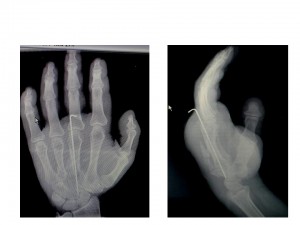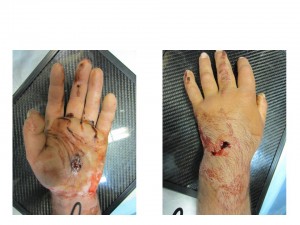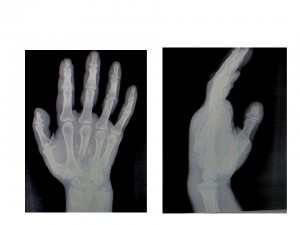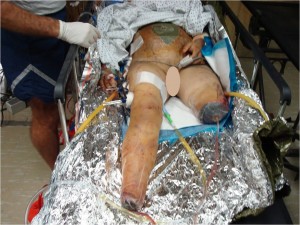Masooma K. and her family were returning home and became caught between American and Taliban fighters just as an explosion went off.
“A 13-year-old female was Medevac’d to our forward surgical team. She had been injured in the blast and suffered penetrating abdominal, chest, and bilateral lower extremity wounds,” a surgeon observed. The forward surgical team consisted of a general surgeon, orthopaedic surgeon, CRNA, OR nurse, and OR tech with limited radiologic (single shot portable X-ray only) and lab support. Blood products were available, but overnight holding capability only was a severe limitation. Trauma stabilization surgery was limited given the austere environment and limited staff/equipment.
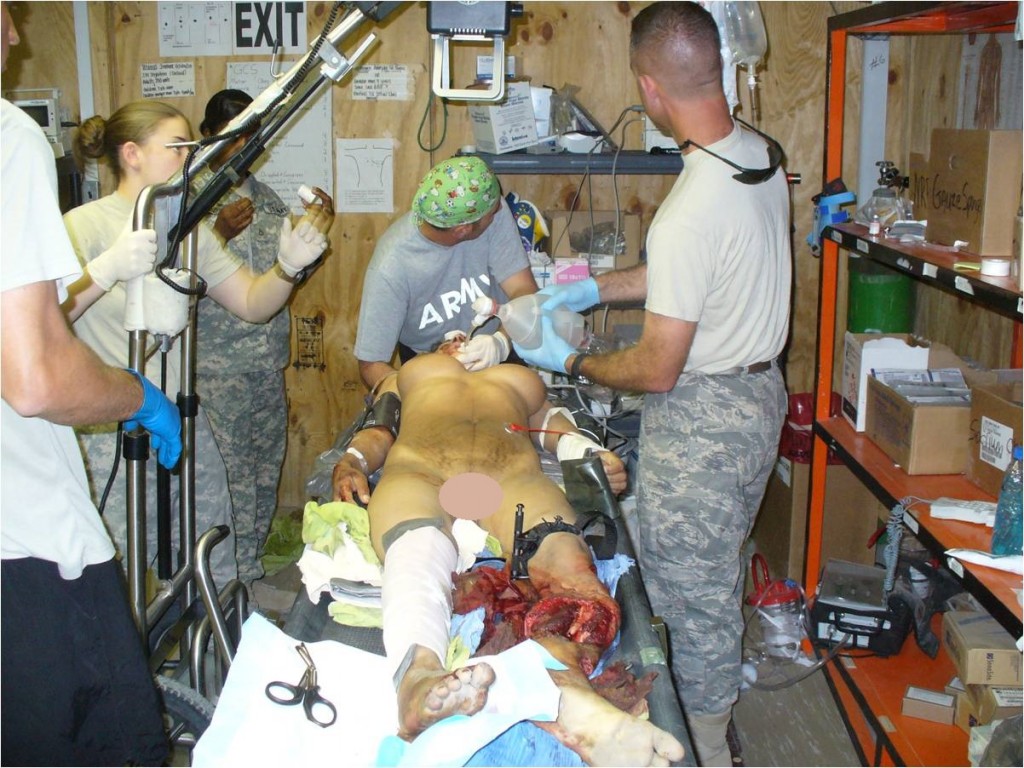
Masooma K. had an initial blood pressure of 80/43 and a pulse of 126. She had decreased left chest breath sounds and an oxygen saturation of 88% with a small penetrating wound on the left flank. Her left leg was mangled and unsalvageable due to lack of blood flow distal to her intraarticular knee fracture, when assessed with the tourniquet down, and a degloving injury of tissue off the popliteal fossa. Masooma K.’s mangled right foot had massive soft tissue loss and a non-viable heel pad. Clinical evaluation showed a fracture dislocation of the subtalar joint, with > 50% loss of the calcaneus with extrusion and loss of the talar head fracture. Additionally, there was gross instability of the right thigh. Intraoperative radiographs showed a middle third femoral shaft fracture.
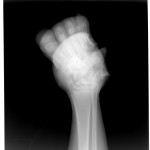
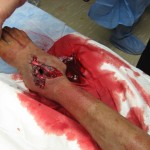
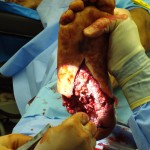
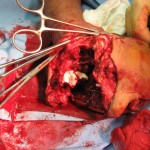
“We intubated her in the trauma bay and placed a left chest tube. Then we took her emergently to the operating room for a damage control exploratory laparotomy, due to her penetrating abdominal wound.”
What are your orthopaedic priorities at this point? In the austere environment given your team’s resources and the possibility that you may take more trauma, what would you elect to do surgically for this adolescent girl?


